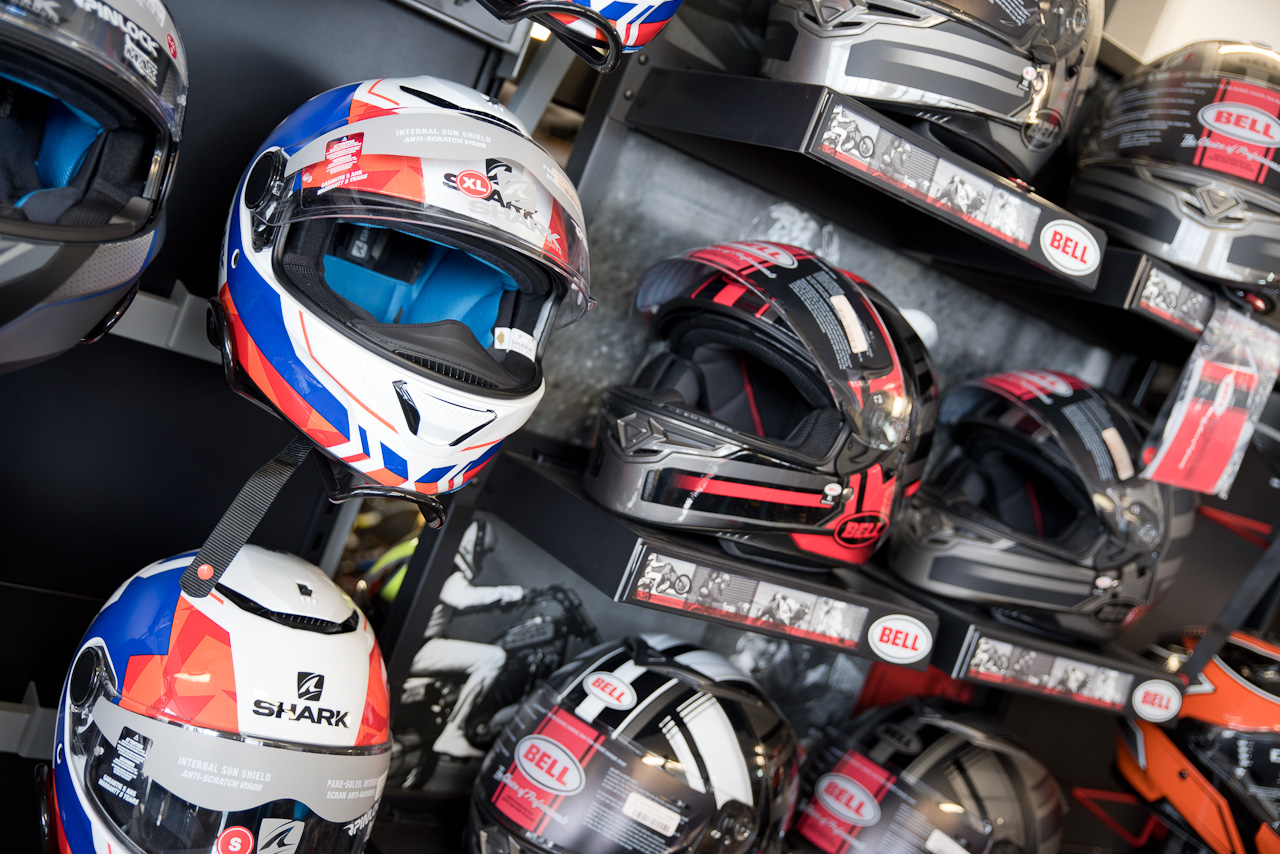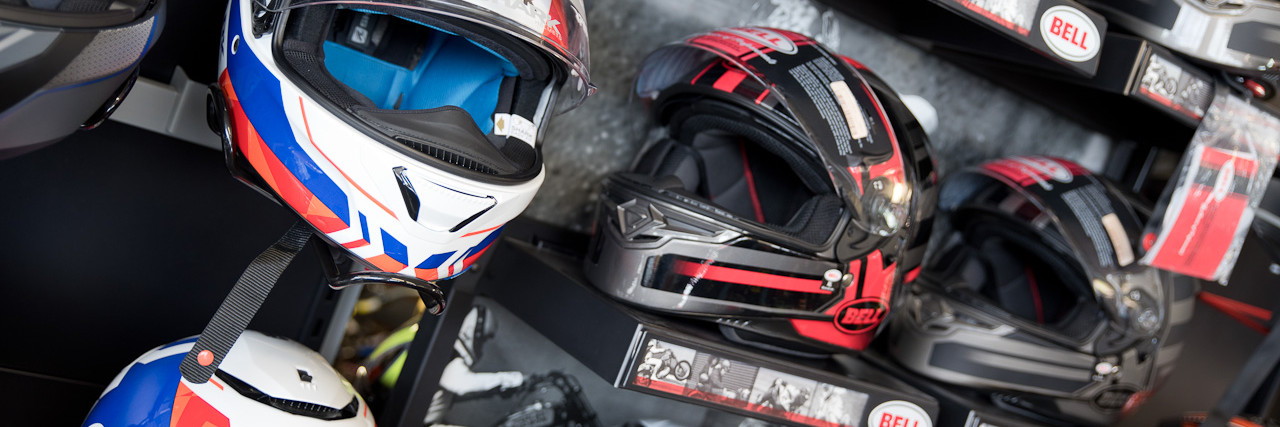Choosing helmets
Your helmet is the most important bit of kit you wear. So, ensuring you choose the right helmet is essential.
A high price and prestigious brand name aren’t the be-all and end-all when it comes to choosing the right lid. Rating organisations provide independent testing of helmets’ performance, and there are other important considerations too.
Motorcycle standards and ratings

As a small market, New Zealand has generally applied international safety standards for motorcycle gear, including helmets.
Motorcycle gear including a full list of approved helmet standards from NZTA
Any helmet you use on New Zealand roads must conform to one of those standards, but it’s not the full story. Among approved helmets, crash performance and safety varies. The UK Transport Research Laboratory’s SHARP testing regime is probably the most comprehensive and thorough around. They publish their results for free online.
The UK’s Safety Helmet Assessment and Rating Programme
Choosing the right helmet

Let’s get this straight – open-face helmets are significantly less safe than others. That much should be obvious when 34.6% of head impacts in crashes are to the chin area.
Flip-front or system helmets suffer from a few related weaknesses versus a conventional full-face. One is that the chin bar lock doesn’t always keep the chin bar in place in a crash. If you look at the tests published by SHARP, you’ll see a percentage figure for flip-front helmets. It shows how often the chin bar stayed closed during their impact tests. The lowest figure is 17%, and several others only stayed closed 20% of the time.
Another downside of flip-front or system helmets is that, even if the chin bar stays in place, the structural integrity of a two-piece helmet is a compromise versus a once-piece full-face. Finally, even though you’re not meant to, some people ride along with the chin piece up, as though it’s an open-face helmet.
A flip-front lid is better than an open-face, but the best design for protection is always full-face.
How the helmet should fit
How a helmet fits you can be as important as how it performs in tests. For a start, you must not be able to remove it without undoing the chin strap. To test for this, you try to roll the helmet forward off your head. The chin strap should adjust to fit closely under your chin without feeling like it’s strangling you.
Next come the closeness and comfort of the fit. The helmet should fit snugly and evenly all around your head, with no pinching or loose areas. Above all, the helmet must fit close enough that it won’t move around on your head, but not so it gives you a headache.
Replace helmets with a seatbelt type closure
You won’t find helmets with a seatbelt type closure on sale any more. Too often they failed to remain closed in crashes. If you have a helmet with a seatbelt style closure you should replace it. As the safe life of a helmet is three to five years, it will likely be due anyway.
Materials helmets are made of
In theory, materials such as glass-reinforced plastic (GRP or fibreglass) and carbon fibre are stronger (and carbon lighter) than polycarbonate or other plastic shells. But independent testing shows no clear-cut result for one material over another, even if polycarbonate is cheaper and easier to look after.
In practice, pay less attention to material than to fit and tested performance, then buy the best you can afford.
Buying a used helmet
Avoid buying a used helmet. Helmets should be replaced roughly every three to five years, mainly because the impact-absorbing lining and the inner liner will have deteriorated. And you'll never know if a helmet has been dropped onto a hard surface, which can mean the shell is compromised.




